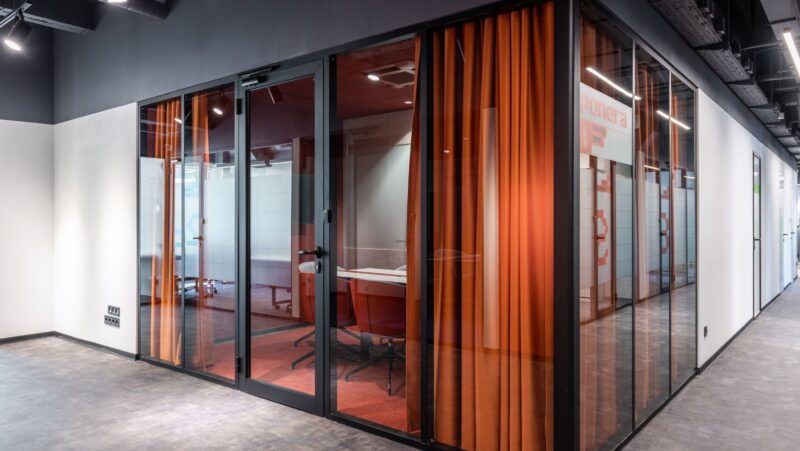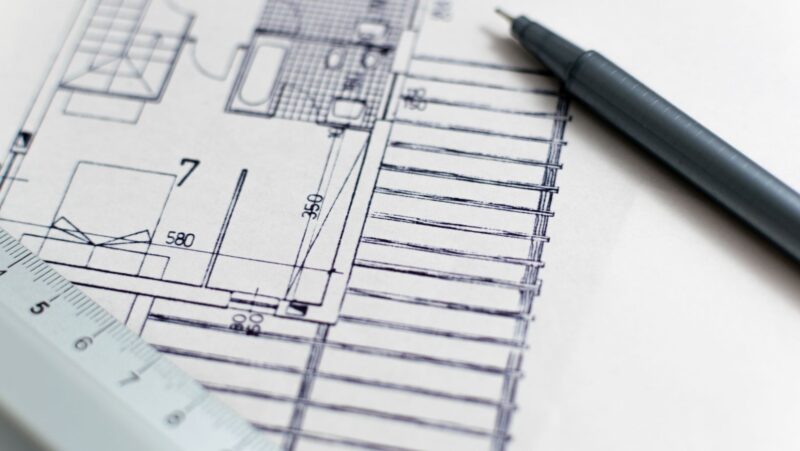
Construction sites can be dangerous workplaces, and workers are exposed to numerous hazards that could harm them if they are not cautious. However, with the right safety tools, many of these hazards can be mitigated, and workers can be kept safe. One of the most critical safety tools available is the confined spaces rescue system. In this blog post, we will explore the importance of confined space rescue systems and other essential construction safety tools.
The Importance of Confined Spaces Rescue Systems
Confined spaces are areas with limited entry and exit points, and they are not designed for continuous occupancy. These spaces pose significant risks to workers, including exposure to toxic substances, electrocution, and asphyxiation. Confined spaces rescue systems are crucial in these situations because they provide a means of rescue for workers who become trapped or injured while working in confined spaces.
One of the most important features of confined space rescue systems is their ability to provide quick and efficient rescue. These systems are designed to be easily deployed in emergency situations, allowing rescuers to reach workers quickly and safely. Additionally, confined space rescue systems are equipped with various safety features such as oxygen sensors, air filtration systems, and communication equipment to ensure that workers are safe throughout the rescue process.
Another benefit of confined space rescue systems is that they can be tailored to fit specific work environments. For example, some confined space rescue systems are designed for vertical rescue, while others are designed for horizontal rescue. By choosing the appropriate rescue system for a specific work environment, workers can be assured that they have the best possible protection in case of an emergency.
Confined spaces rescue systems are not just designed to rescue workers in emergency situations, but they also help prevent accidents from happening. These systems make it possible for workers to enter and perform their duties in confined spaces safely. By doing so, workers can avoid accidents, and their chances of getting trapped or injured can be minimized.
Other Essential Construction Safety Tools
While confined space rescue systems are vital safety tools, they are not the only ones that construction workers should have access to. Below are three other essential construction safety tools that every worker should have access to.
Personal Protective Equipment (PPE)
Personal Protective Equipment (PPE) is designed to protect workers from hazards that they may encounter while working on construction sites. PPE includes items such as hard hats, safety glasses, gloves, and safety shoes. By wearing PPE, workers can prevent injuries from falling objects, eye injuries, hand injuries, and slips and fall.
PPE is a crucial safety tool that should be used at all times while working on construction sites. Workers who fail to wear the appropriate PPE are at risk of getting injured or even killed. Employers must ensure that their workers have access to the right PPE and that they are trained on how to use it correctly.
Fall Protection Systems
Fall protection systems are designed to protect workers who are working at heights. These systems include items such as safety nets, guardrails, and harnesses. By using fall protection systems, workers can prevent injuries from falls, which are one of the most common causes of construction accidents.
Fall protection systems are vital safety tools that should be used whenever workers are working at heights. Workers who are not protected by fall protection systems are at risk of falling and getting injured or killed. Employers must ensure that their workers have access to the right fall protection systems and that they are trained on how to use them correctly.
Respiratory Protection
Respiratory protection is essential for workers who are exposed to hazardous substances such as dust, fumes, and chemicals. Respiratory protection includes items such as respirators, masks, and air-purifying filters. By using respiratory protection, workers can prevent respiratory illnesses and other health problems caused by exposure to hazardous substances.
Respiratory protection is a crucial safety tool that should be used whenever workers are exposed to hazardous substances. Workers who fail to wear the appropriate respiratory protection are at risk of developing respiratory illnesses and other health problems. Employers must ensure that their workers have access to the right respiratory protection and that they are trained on how to use it correctly.
Conclusion
Construction sites can be hazardous, but with the right safety tools, workers can be kept safe. Confined spaces rescue systems are critical safety tools that provide a means of rescue for workers who become trapped or injured while working in confined spaces. Additionally, personal protective equipment, fall protection systems, and respiratory protection are essential safety tools that every worker should have access to. By using these tools, workers can stay safe and avoid the dangers that come with working on construction sites. Employers must ensure that their workers have access to the right safety tools and that they are trained on how to use them correctly. By doing so, employers can minimize accidents and injuries, and workers can return home safely after a hard day’s work.














